Dining on Board Superyachts: The Most Expensive and Unique Foods
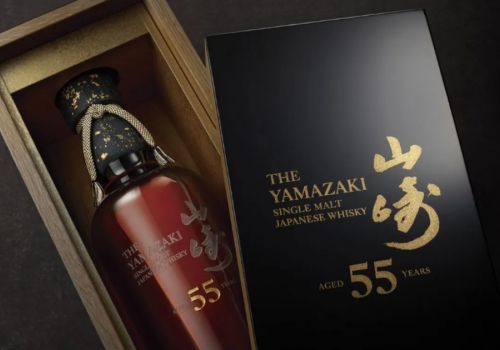
After watching in horror as a certain stewardess on a certain well-known yacht reality programme incorrectly pointed to wasabi when asked by a guest what uni is, I again realised why it is so important to teach students at my steward/ess courses at Super Yachting South Africa the value of knowing and understanding what is on your menu when taking it to serve to the guests.
During the training, we discuss a variety of the world’s most famous/infamous/expensive/unique/infamous (depends on who you talk to) foods, and I always reiterate to the students the importance of having a thorough knowledge of each food and wine that you take to a table. Not only should you know what you are serving, but also know the correct pronunciation, origin and cooking methods. Of course, this is where a chef has to be clear about what they cooked, but it is also our responsibility as servers to understand each item and how it is prepared and presented to our guests and make sure we know before the meal is served.
As such, I have put together a list and explanation of some of the most unique and expensive foods in the world to help educate and stimulate our knowledge. By no means is the aim offend anyone or suggest that I support any of the processes involved in producing some of these foods.
So, how many of these have you served on board?
Aceto Balsamico Tradizionale di Modena at $200 per ounce
This vinegar has the nickname “black gold” for its quality and refinement, and the best palates in the world compete for it. It sells for such an exorbitant price due to the long processing time and the certification of the raw materials with which it is produced. The grape musts come from the hills of the provinces of Modena and Reggio Emilia, where the particular climate makes it possible to produce grapes of the highest quality. It also holds a DOP (Denomination of Protected Origin) accreditation.
Yamazaki Single Malt Whisky (Japan) 55 years at $843,661 per bottle
Produced by one of Japan's oldest distilleries, Yamazaki 55 is prized for its rarity and quality. It is believed that there are only 100 bottles in the world (but there are rumours of an additional 100 released). It is a blend of precious single malts featuring components distilled in 1960 under the supervision of Suntory's founder Shinjiro Torii and then aged in Mizunara casks, and in 1964 under Suntory's Second Master Blender Keizo Saji and then aged in white oak casks.
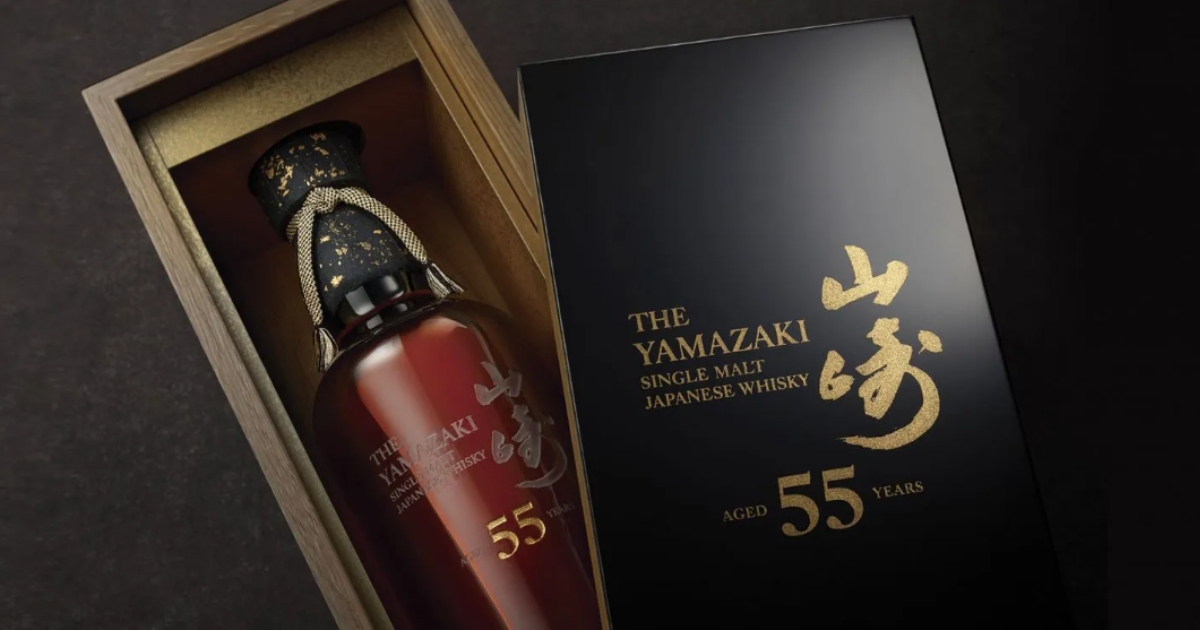
Credit: House of Suntory
Kobe beef at $300 per pound
Kobe beef is Wagyu beef from the Tajima strain of Japanese Black cattle, raised in Japan's Hyōgo Prefecture according to rules set out by the Kobe Beef Marketing and Distribution Promotion Association. The meat is a delicacy, valued for its flavour, tenderness and fatty, well-marbled texture. It comes from any of four related breeds of native Japanese cattle, known collectively as Wagyu, and the terms Wagyu and Kobe have come to be used almost interchangeably. However, the export of Wagyu cattle from Japan to destinations around the world has led the Japanese to protect the name Kobe Beef, so that it can now only be applied to homegrown meat.
Wagyu Beef at $200 per pound
Wagyu is named to describe a breed of beef cattle that are genetically predisposed to develop fat marbling within its muscle tissue. Simply put, Wagyu means Japanese cow, but the straightforward definition belies a subject riddled with misinformation. For starters, it’s pronounced wah-gyoo, not wah-goo, a mispronunciation that’s common even among American Wagyu farms. And Wagyu isn’t an umbrella term for just any Japanese cow. The luxury version of Wagyu we all want on our plates refers to a specific breed of Japanese cattle with special genetic qualities. There are four breeds native to Japan, and of those four, one is genetically unique and has a genetic predisposition to create this crazy marbling of fat on inside of muscle tissue. No other livestock does that. With Wagyu, the cow metabolises the fat internally, so it’s integrated within the muscle.
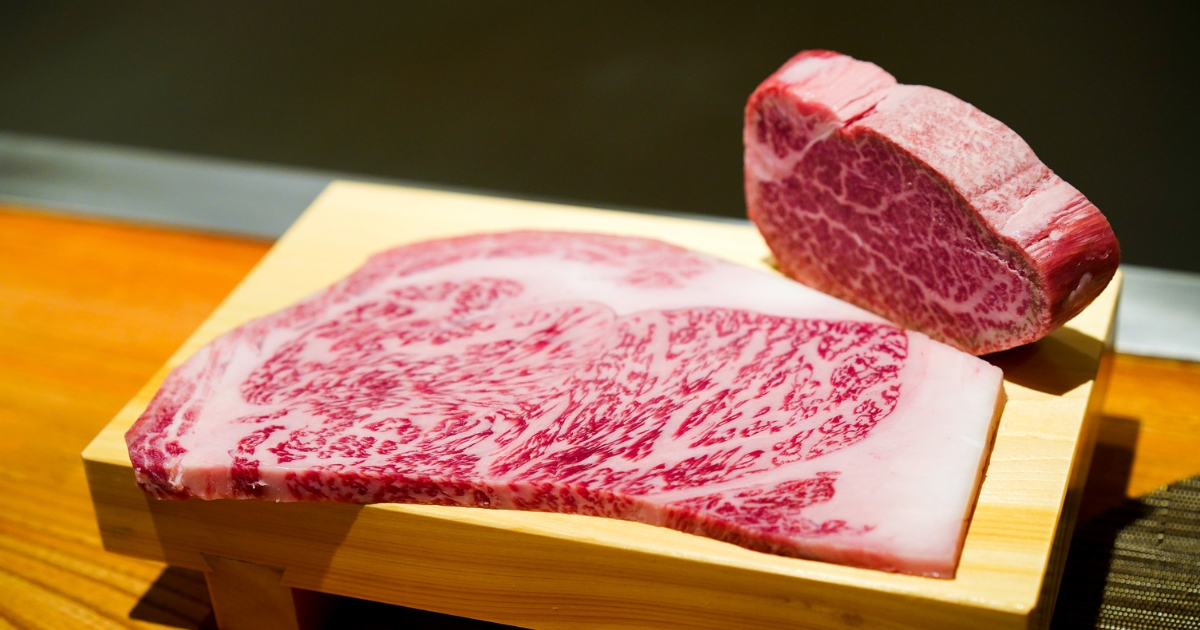
Jamón Ibérico de Bellota at $50 per pound
Obtained by feeding acorns to free range Iberian pigs, whose diet is closely monitored, especially close to slaughtering.
Moose cheese at $500 - $600 per pound
Moose lactate from May to September, and are milked for around two hours a day during this period, yielding roughly five litres of milk per animal. This milk is very scarce, which explains the high price. Three varieties of cheeses are produced from the milk.
Pule cheese at $1,300 per kg
A very distinctive dairy delicacy that is made using donkey milk, specifically Balkan donkeys. You need 25 litres of donkey milk just to make one kilogram of this grainy white cheese.
Caciocavallo Podolico at $140 per kg
The unprocessed milk of a Podolica cow is used to make pasta filata cheese in Southern Italy, and it is a variety of caciocavallo cheese. Notes of Rosehips, blueberries, juniper, wild strawberries and nettles that the herd eat while moving up the hills in June can be detected in the cheese. The paste is straw yellow in colour, semi-hard and smooth to the touch, with each piece weighing from 500g - 8kg. The aroma of milk and straw is intense, while texture is slightly grainy and sharp at times.The term 'podolico' refers to the fact that this cheese is entirely made from the milk of the Podolica.
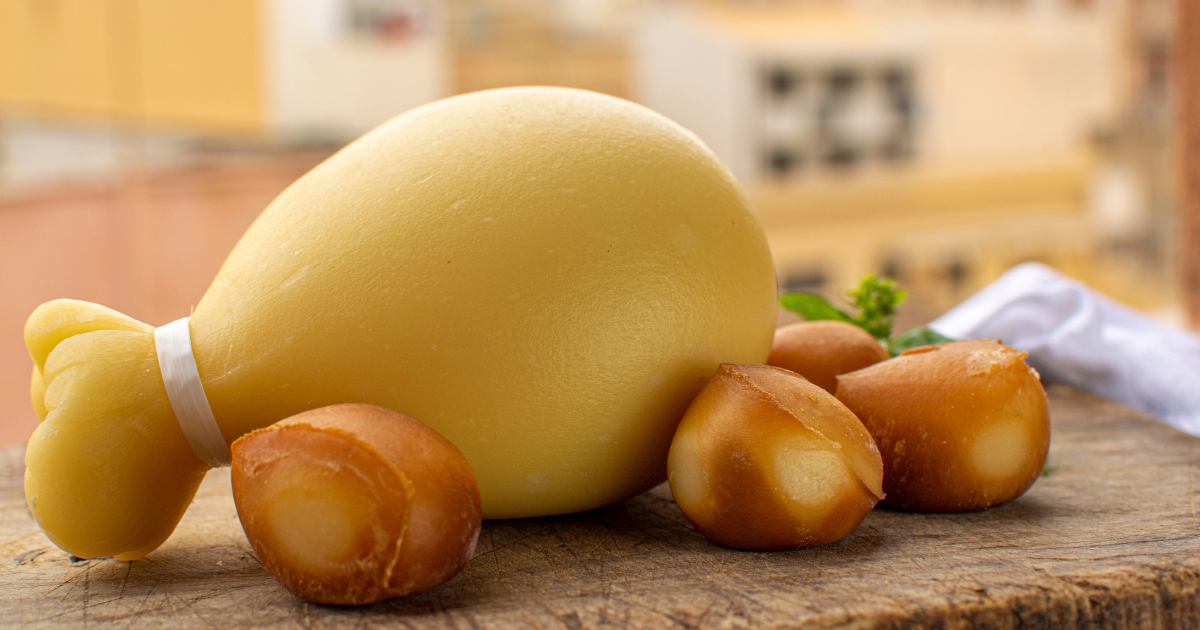
Casu Marzu cheese at $175 per pound
This Sardinian cheese is made from sheep's milk and aged until it is infested with live maggots. It has an intense, sharp, spicy flavour and a soft, creamy texture, considered a delicacy and only produced in small quantities. This cheese is illegal, however, in the USA and throughout Europe (including Italy) due to a food safety law regarding eating food with insects and parasites. This has only increased the price as people buy on the black market.
Peri Bali (Elvish) honey at $6 800 per kg
Peri Bali is an extremely expensive Turkish honey originating from the mountains of Saricayir Dagi from Artvin province. The honey is extremely rare because it is harvested and extracted from the high walls of a cave, thus being incapable of being reproduced.
Saffron at $500 per pound
Such a small part of the flower is used and it takes 75,000 saffron flowers to make 1 pound of saffron spice. The small amount of saffron spice plant, along with the fact that harvesting must be done manually, leads to saffron being hugely expensive. It is the dried stigma of the crocus flower and tastes flowery, honey-like and just a little bitter.

Madagascar vanilla at $300 per pound
Madagascar vanilla beans are actually the fruits or seed pod of the orchid species, vanilla planifolia. Madagascar vanilla beans boast extremely high levels of vanillin, which contributes to that slight sweetness and comforting flavour that tricks our brains into believing we are ingesting something creamy and warm. These above-average concentrations of vanillin also add to the experienced richness in these beans, which is highly desired in the culinary communities of the world.
Densuke watermelon at $6 000 per fruit
Densuke watermelon has a distinct degree of flavour, and is sweet, firm and black. Since they are difficult to cultivate and require constant care, the yields are small and only a limited number of fruits are produced per season.
Fugu at $135 per pound
The fugu in Japanese, bogeo or bok in Korean, and hétún in Standard Modern Chinese is a pufferfish, normally of the genus Takifugu, Lagocephalus or a porcupinefish of the genus Diodon. This Japanese seafood dish is notorious for having a deadly neurotoxin (tetrodotoxin) that is accumulated within the eyes, liver, skin and ovaries of the fish, meaning the restaurant preparation is strictly controlled by law in Japan, Korea and several other countries. Only chefs who have qualified after three or more years of rigorous training are allowed to prepare it. Fugu is served as sashimi and nabemono. The liver was served as a traditional dish named fugu-kimo, being widely thought to be a tasty part, but it is also the most poisonous, and serving this organ in restaurants was banned in Japan in 1984.
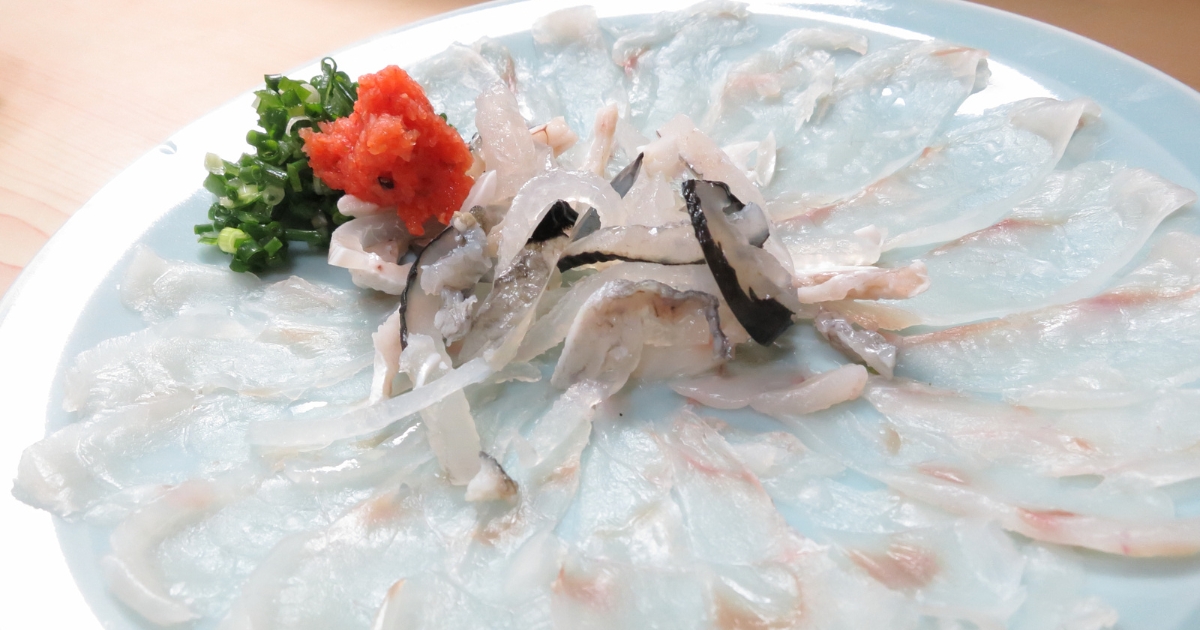
Almas at $35 000 per kg
This is roe from mature albino beluga sturgeon (Huso huso), with Almas meaning diamond in Russian. Almas comes exclusively from this very rare sturgeon that is more than 100 years old, and they live mostly on the Iranian side of the Caspian Sea. Furthermore, the caviar is packaged in a 24-carat gold tin, which of course adds to the hefty price tag.
Horse Chestnut oil at $20 per ounce
Also known as liquid gold, about 1 litre of the oil that comes from the Moroccan seeds can sell for up to $1,400. It has been used for centuries as a medicinal oil, treating ailments like pain and inflammation, hemorrhoids and male infertility.
Beluga caviar at $3 200 - $10 000 per pound
This is expensive due to several factors. Firstly, the Beluga sturgeon takes a long time (20-25 years) to mature and produce eggs (roe), and secondly the Beluga sturgeon produces fewer eggs than other species of sturgeon. It is also endangered and heavily protected, making their caviar rare and expensive.
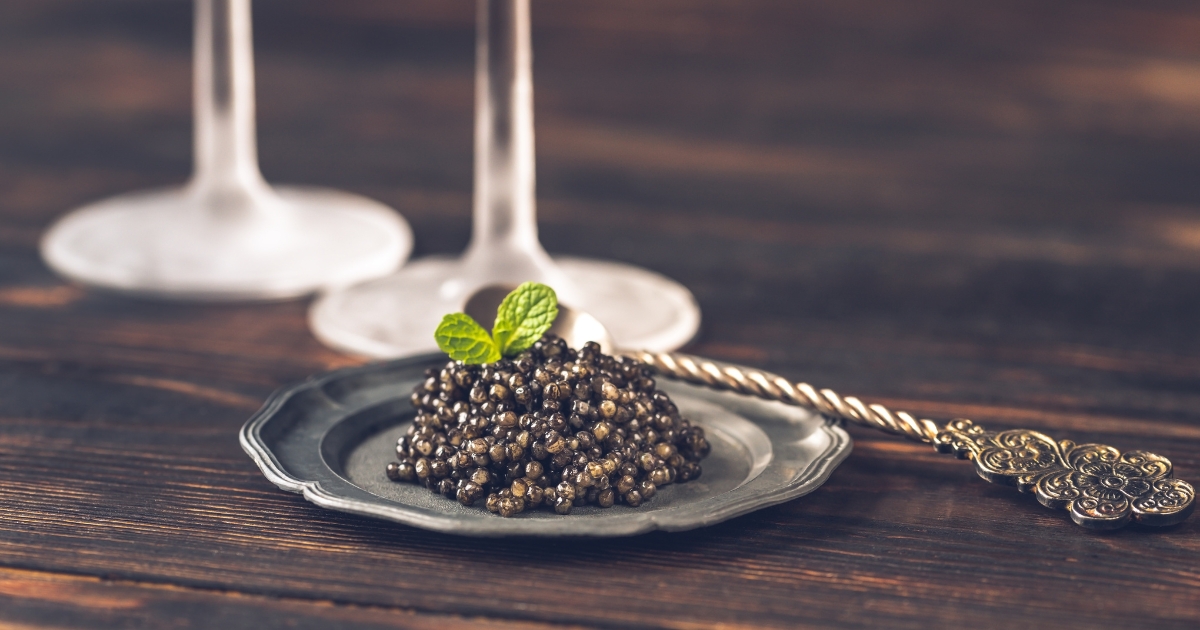
Uni (urchin) at $30 per kg
The edible part of the sea urchin known as uni has earned its status as a high-end treat in Japan and pretty much everywhere else. But sea urchins have long been fished and harvested from Peru to Italy to Korea by female scuba divers called haenyeo, prying these spiny creatures off rocks. Uni is the reproductive organ (and not the roe) and the urchin produces five uni 'tongues' that slip out with a spoon.
Glass eels at $35 000 per kg
Glass eels are so expensive because of their value to Asian aquaculture companies, which raise them to maturity and sell them for use in Japanese cuisine. They are considered a delicacy in Asia. Japanese freshwater eel (unagi) can be more expensive than Bluefin Tuna, and these eels aren't harvested as adults. They are typically grown on farms for between six and twelve months before they are ready to be sold to restaurants.
Matsutake mushrooms at $600 per kg
The rarity of matsutake mushrooms, coupled with their reputation as a luxurious and exclusive ingredient, contributes to the high price. It means pine mushroom and is distinguished by its potent aroma. Frequently collected under fallen leaves from pine trees around September to November, they grow in East Asia, Southeast Asia (Bhutan and Laos), Estonia, Finland, Norway, Poland, Sweden and along the Pacific coasts of Canada and the United States.
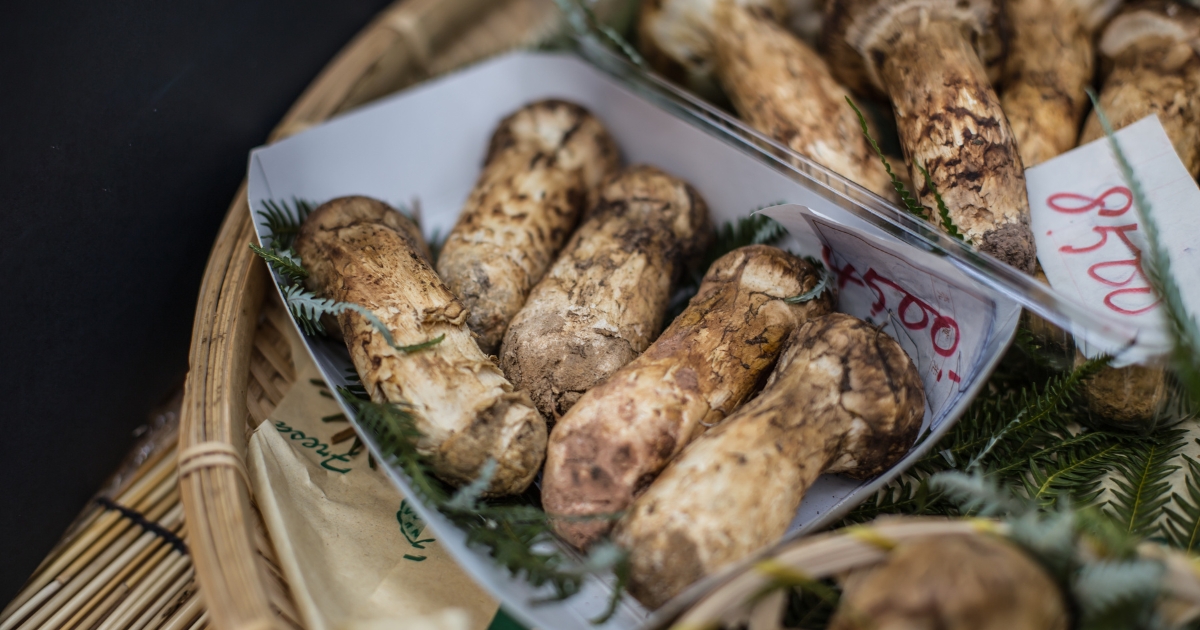
Goose barnacles at $500 per kg
Goose barnacles possess a white, triangular-shaped head with a long, flexible stem that they use to adhere to surfaces. The meat is usually stuffed within the neck and is frequently characterised as sweet and salty. Their price is related to a limited supply and the risk a fisherman must face to obtain this delicacy. The crustaceans are one of the world's rarest and most valuable seafoods due to the unique conditions they need to grow in. They are also known as Percebes and come from Spain and Portugal.
Yartsa Gunbu at $50 000 per pound
A mushroom native only to Tibet, Yartsa Gunbu can only grow on ghost moth caterpillars due to a parasitic fungus. This expensive fungus (ophiocordyceps sinensis) means 'summer grass, winter worm' in Tibetan, and is a parasite that infects ghost moth caterpillars. The caterpillars live underground in alpine grass and shrub-lands on the Tibetan Plateau and the Himalayas at an altitude between 3000-5000 metres where they feed on roots underground.
Black Périgord truffle at $1,700 per pound
These truffles are named after the Périgord area of France, where they are found. They thrive in the root systems of oak and hazelnut trees, and are very rare, seasonal, difficult to grow and take many years to cultivate.
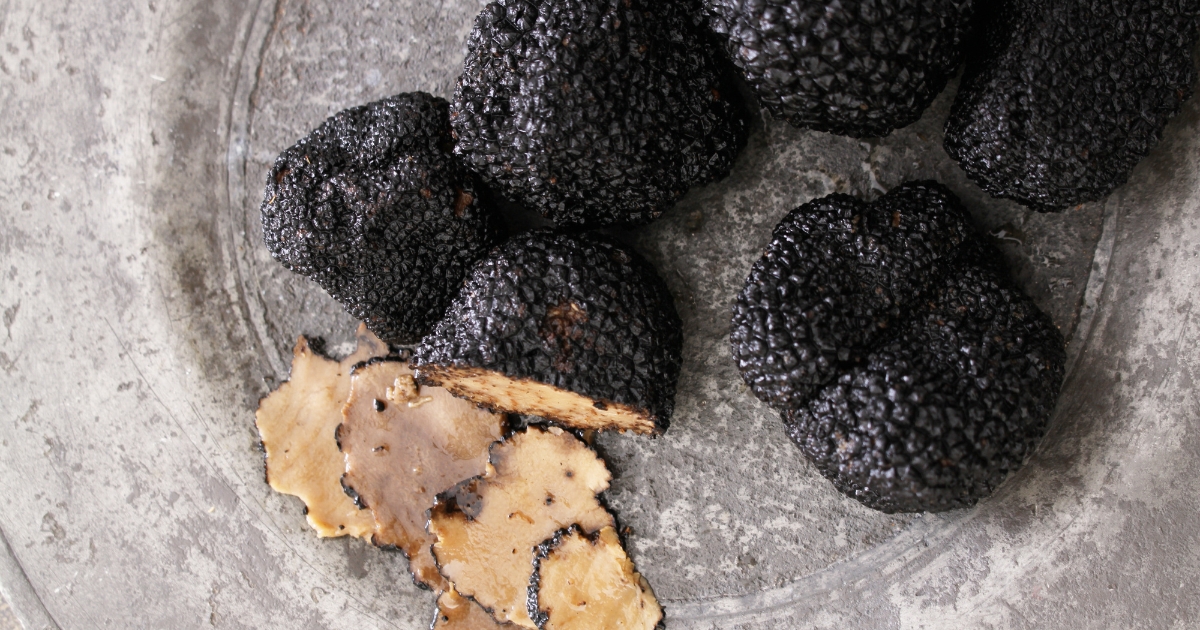
Tartufo Bianco d'Alba at $6,000 per pound
One of the most expensive and rare truffles on earth, these white truffles primarily grow in Alba's hills in Piedmont, Italy. It is larger, more aromatic and tasty, and tastes of nuts and sweet garlic.
Kopi Luwak coffee at $100 - $600 per pound
Sometimes referred to as civet coffee, this is one of the costliest types of coffee in the world. They use coffee beans that the Asian palm civet consumes before partially digesting it and defecating it. The cherries are fermented as they pass through the intestines and the producers then collect the fecal matter before roasting the beans. This has become highly controversial, as civets are now held in cages and force-fed to produce the coffee.
Ayam Cemani chicken at $2 500 each
This rare breed of chicken is completely black, including its organs, muscles and bones. It originates in Indonesia, where many locals keep the bird as a treasured pet.
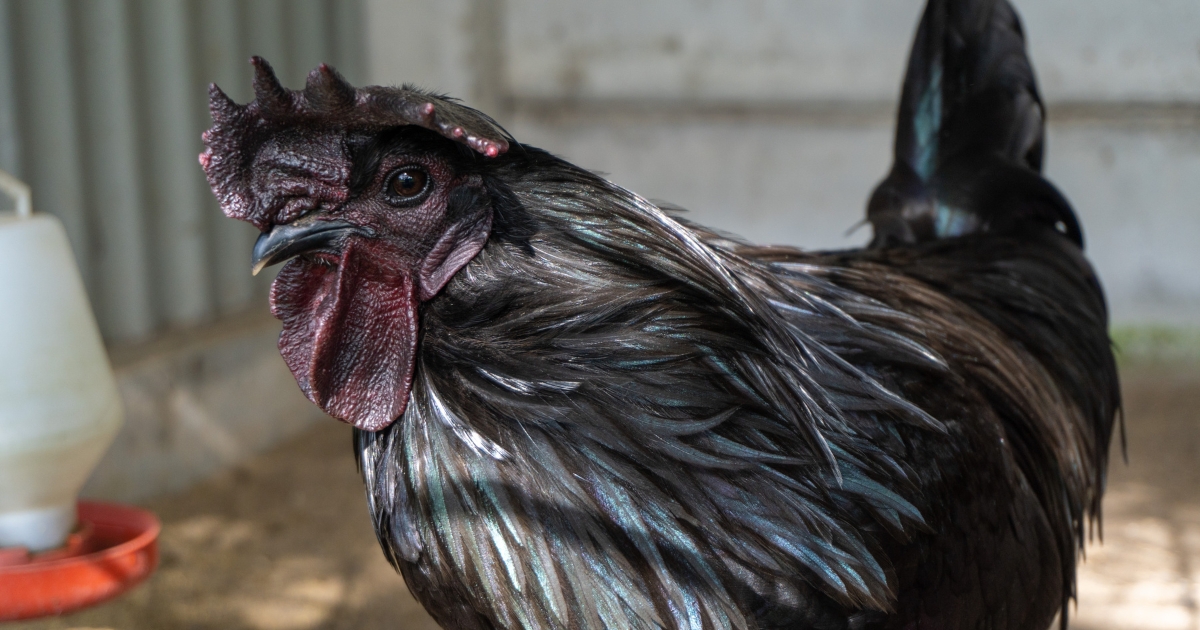
Ruby Roman grapes at $450 per bunch
These grapes are only cultivated in Japan, making them a unique and rare varietal. They are thick-skinned, deep red, spherical and luscious, and renowned for their enormous size. Great care goes into cultivating them and they are only grown in Ishikawa Prefecture inside greenhouses where everything can be monitored and controlled. They even control and measure the amount of light and temperature they are exposed to.
Sekai Ichi apples at $21 per apple
These apples are available from autumn through early winter, and the Sekai Ichi are so expensive because the growers wash them in honey and brand them by hand, ensuring they are blemish free. They can grow up to almost 1kg in size. While growing, they apples are hand-pollinated with a small wand.
Foie gras at $30 per kg
This duck or goose liver’s flavour is rich, buttery, and delicate, unlike an ordinary duck or goose liver. Traditionally it was produced by gavage (force-feeding) in France, which is why the food has become so controversial. There are many companies and farms now producing cruelty-free foie gras.
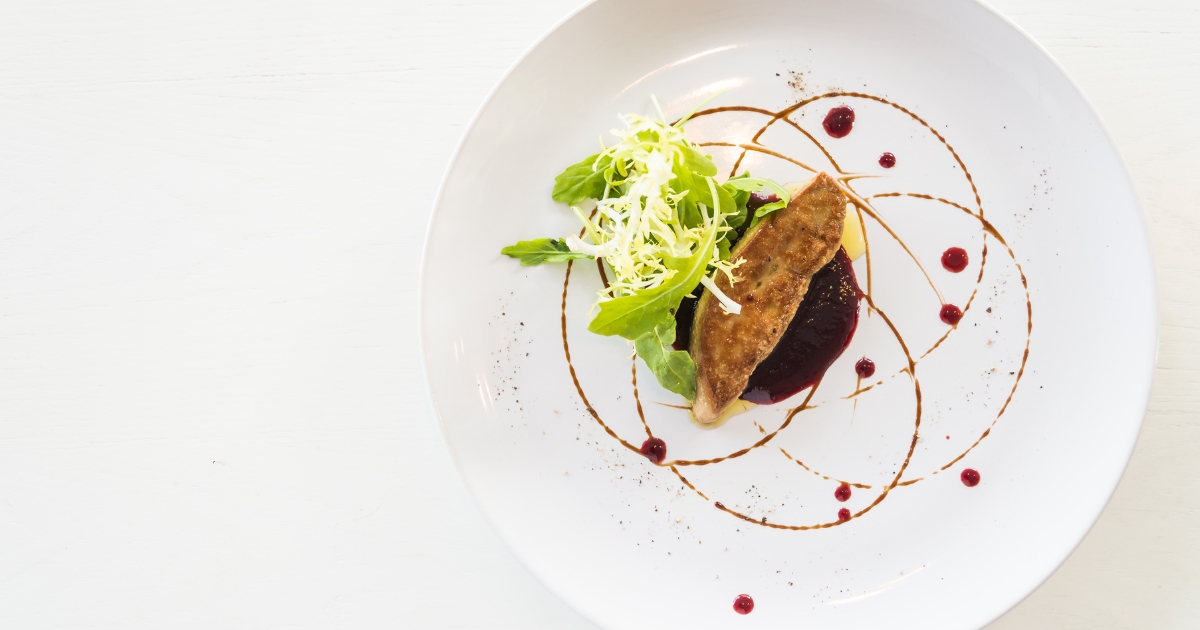
Swiftlet nests at $4,000 per kg
These are the key ingredient in bird's nest soup, and are created by cave swiftlets (birds) that use their own saliva to glue moss, algae and feathers together to form the nest.
Manuka honey at $20 - $120 per jar
This is very rare and only produced in Australia and New Zealand. The flowers that the bees collect the nectar from are from the Leptospermum Scoparium tree family, native to New Zealand. The rarity of the tree and honey explains the cost of the product, which is distinguished by its high viscosity and dark cream or dark brown hue.
Edible gold at $70 for a few grams
It is regarded as biologically inert – in other words, it moves through digestive system without being digested. It is normally used on pastries, desserts and cakes.
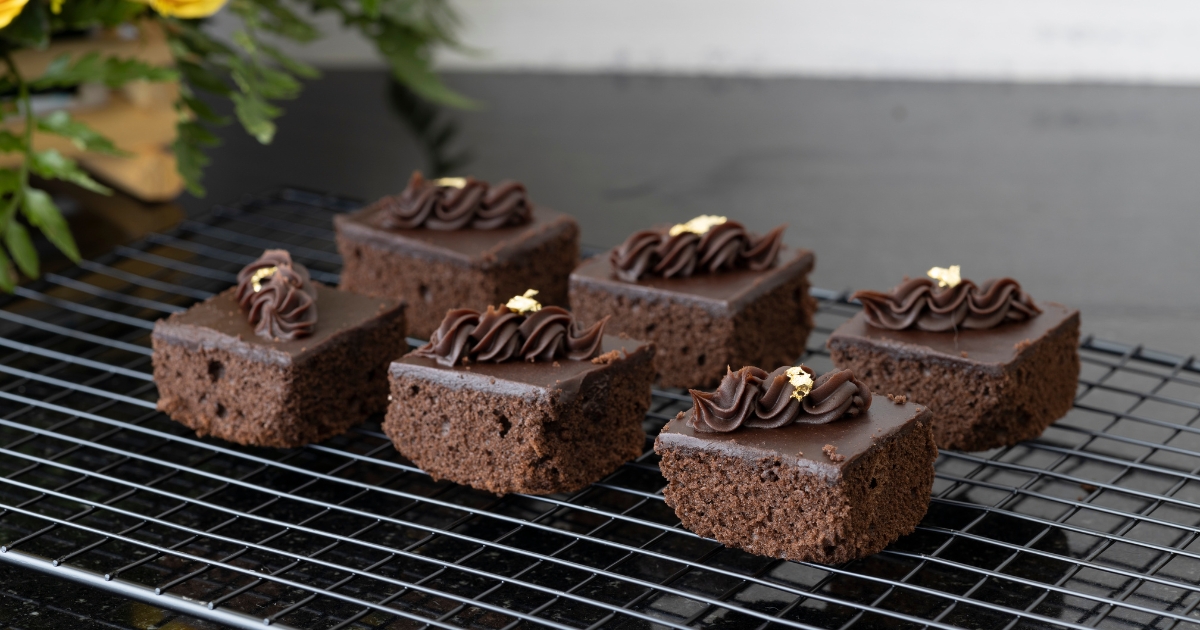
Heligan pineapple at $1,200 per fruit
This fruit gets its name from the garden in Cornwall, UK, where it is grown. Pineapples are very labour-intensive to grow, and with the man-hours it requires to look after the pineapple, the rarity of the fruit, shipping costs of manure, maintenance of the pineapple pits, each pineapple will cost in excess of $1,200.
Geisha coffee at $140 - $150 per pound
The Geisha coffee bean, also known as Hacienda La Esmaralda, has tangerine undertones. It originates from Ethiopia and is regarded as the best coffee in the world. It has outstanding aroma and flavour, with notes of jasmine, black tea and tropical fruit and has a profound sweetness, and producers have only found a few areas that provide the altitude, soil composition and rainfall that the trees need to grow properly.
Pacific Bluefin tuna at $3,600 - $5,000 per pound
Pacific Bluefin tuna is the Rolls Royce of the tuna family, commonly found in the Pacific, Indian and Atlantic oceans. It has become increasingly valuable because of its limited availability as, not only is the fishing season relatively short, but the strict quota limits on fisheries keep it in short supply. The meat of this fish has prominent marbling and when it is correctly aged, it creates a distinctive flavour harmony.
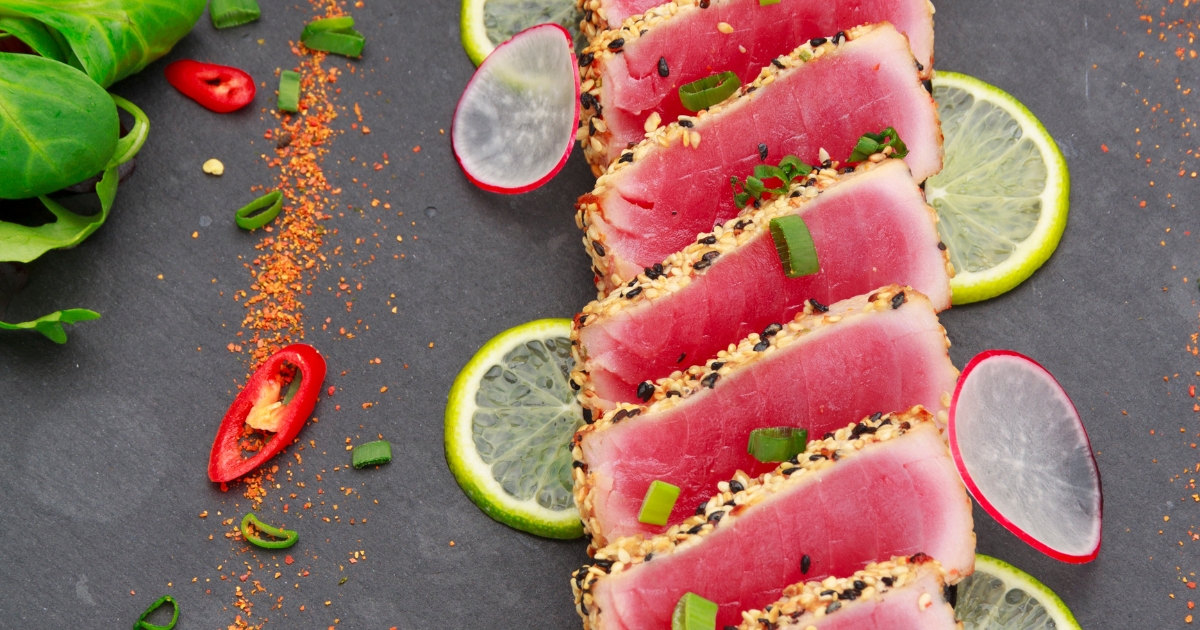
Zengcheng hanging green Lychee at $280 per fruit
This is one of the costliest fruits in the world, with a price influenced by its rarity, exquisite hue and distinctive taste. It is sold normally per fruit, not by weight.
Guisante lágrima at $100 - $350 per pound
These salty, teardrop-shaped peas are sometimes referred to as 'green caviar'. Their availability is restricted to the spring across Spain's Basque country, thus rendering them a sought-after item for chefs. They are very challenging to cultivate and very high maintenance, with their sugar starting to transform into starch almost as soon as it is picked at dawn. With 60 per cent of its quality lost after only two days off the vine, transport from orchard to kitchen has to be immediately and also contributes to its cost.
Buddha Fingers lemon at $20 per pound
Citrus medica variety sarcodactylis, or the fingered citron, is an unusually-shaped citron variety whose fruit is segmented in finger-like sections, resembling those seen on representations of the Buddha. It is called Buddha's hand in many languages.
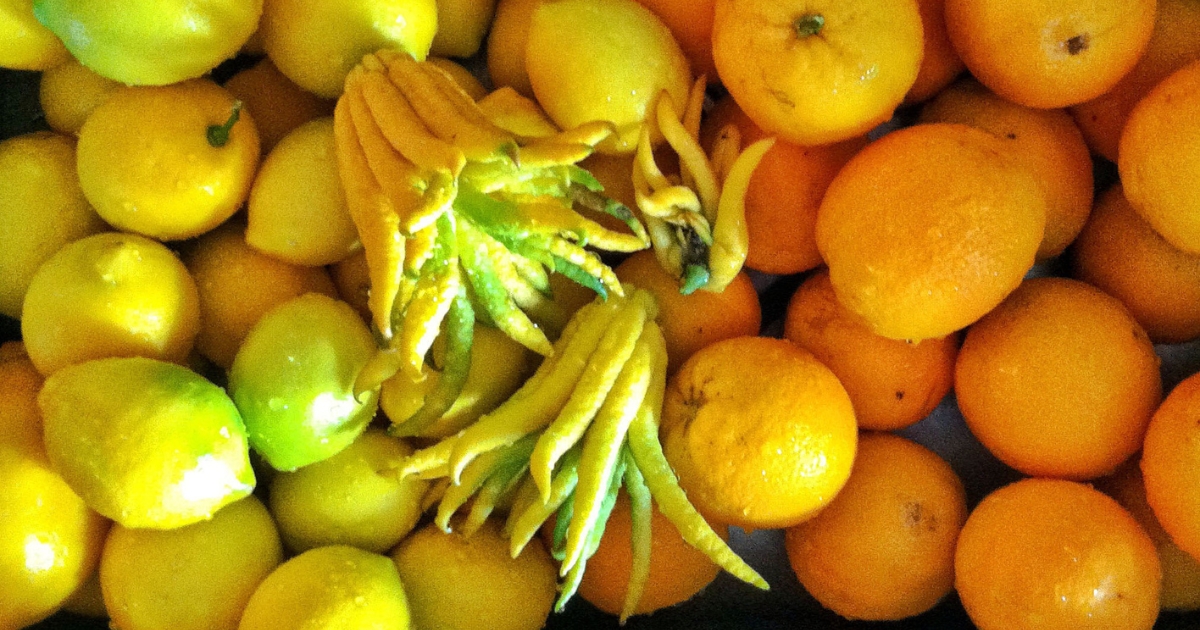
Yubari king melon at $200 - $1,000 each
These melons grown in Yubari are tended to with such care and specific requirements that this leads to an increase in their purchase price. Attendants essentially babysit Yubari King melons as they grow, cleaning them and checking on them daily.
Sembikiya Queen strawberries at $85 for 12
Also called Nyohou Strawberries and named after a venerable fruit shop in Tokyo established in 1834, these fruits are available in boxes of 12 and are all hand-selected so they all look similar in shape, size and colour. They are available for a very short period of time each year and are grown on the method of elevated cultivation, which means the fruits do not come into contact with soil. Since this condition is preferable from a hygienic standpoint and creates fewer shaded areas, fruits grown with this method are evenly coloured and glossy.
Kanyao durian at $580 per fruit
This fruit from Thailand is known for its horrible smell, but amazing flavour profile. It is highly sought after among the wealthy and, due to only a small number harvested each year, this is the most expensive of durian fruits. The most expensive one once sold for $41,000!
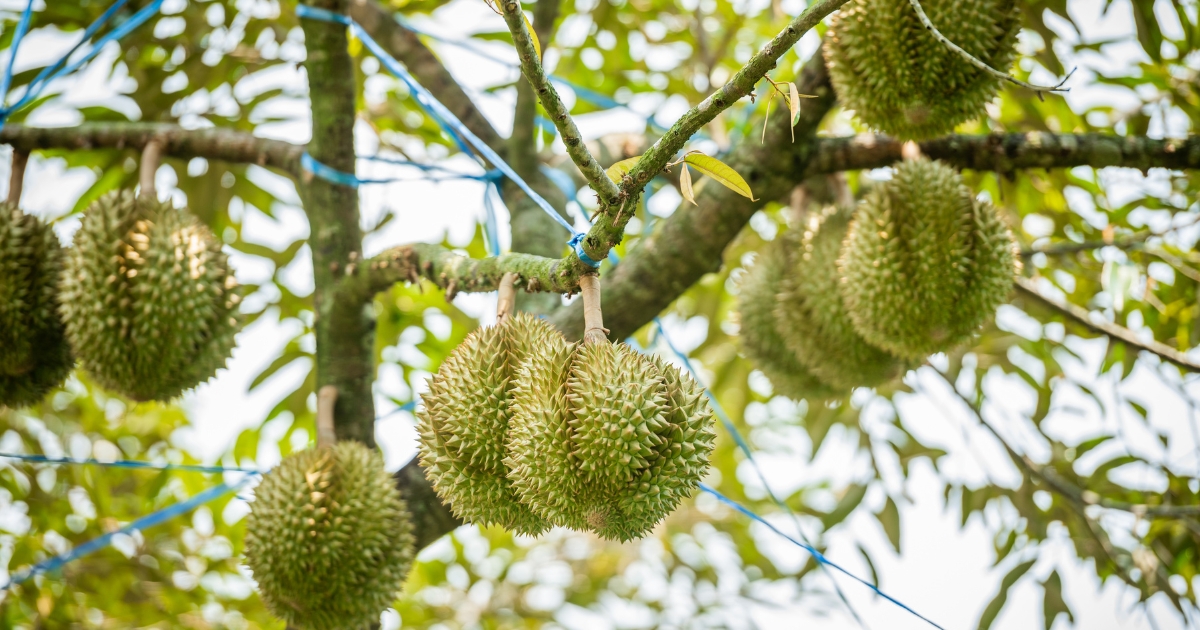
Taiyo-no-Tamago mango (Miyazaki) at $4 000 per pair
The meticulous attention that goes into producing these mangoes accounts in part for the high price. Each mango is surrounded by a tiny net installed by Japanese farmers, which protects it when it drops from the tree while also allowing sunlight to reach the skin from all directions. It means 'egg of the sun' because of its intense colour and egg shape. They are grown during the peak harvest between April and August in Miyazaki city, are purple in colour and turn flaming red when ripe.
Le Bonnotte potatoes at $600 per kg
Le Bonnotte is the world's most expensive potato grown on the Île de Noirmoutier, an island in the Bay of Biscay. These rare potatoes grow in sandy soil that absorbs the ocean scent and is fertilized with seaweed and algae. The land space on which the potatoes grow is limited to less than 50 square metres, and they are picked by hand, one by one, for only one week per year.
Matcha green tea powder at $180 per pound
Matcha is finely ground powder of specially grown and processed green tea leaves traditionally consumed in East Asia, which is mostly produced in Japan today. The green tea plants used for matcha are shade-grown for three to four weeks before harvest, and the stems and veins are removed during processing. This powder is derived from the plant's first harvest (usually May - June). It is green tea in powder form and used in desserts etc.
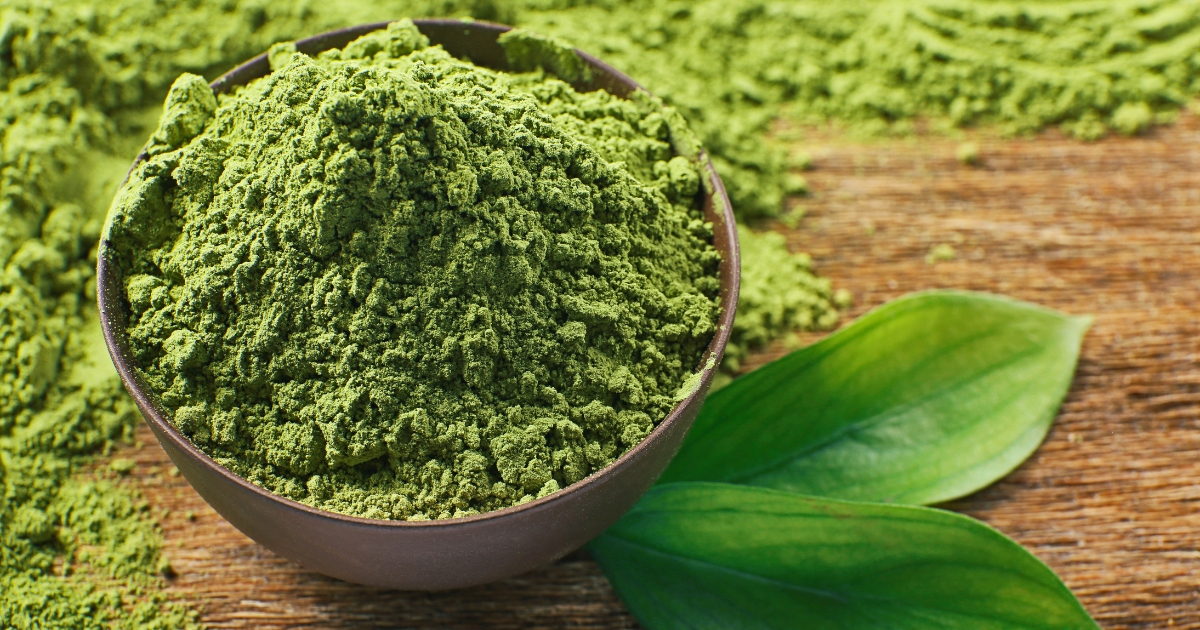
Da Hong Pao tea at $1.2 million per kg
This is a black oolong tea that exclusively flourishes within the gravel soil of China's Wuyi Mountains. It is highly prized for its powerful sweetness and persistent woody flavours, and has been declared as a national treasure for its rarity. Its record dates back to the Ming Dynasty and is obtained from six mother trees aged 350+ years located on Mount Wuyi.
Wasabi (real, not fake) at $150 - $250 per pound
Real wasabi is incredibly expensive, because wasabi plants are notoriously difficult to grow and require very specific conditions. In Japan, the wasabi plant grows naturally in areas that have mountain river valleys, where it can grow along the river stream beds. It is only capable of withstanding temperatures between 46-68 degrees Fahrenheit and must always have access to flower spring water.
Pesteh at $150 per kg
The Kerman region of Iran ranks among the best locations for cultivating pistachios, and this area supplies more than half of Iran's pistachio output. The Persian pistachio, known as 'Pesteh' in Farsi, is renowned across the world for its superior quality, unmatched taste and nutritional value. Apart from the obvious needs such as enough water, climate and fertile land, pistachios require a great amount of hands-on labour to harvest and the specialized labour-force adds to the price of the finished product.
Hop shoots at $800 per kilo
Hop shoots are not only utilised by breweries, but have become very popular in pop culture by health experts. They are among the priciest vegetables in the world and have sedative properties and work as a relaxing agent and reduce the symptoms of anxiety. They also have anti-inflammatory properties and are green-coloured conical shaped flowers of female hop plants.


Post your comment
You cannot post comments until you have logged in.
Login to post a commentComments
No one has commented on this page yet.
RSS feed for comments on this page | RSS feed for all comments